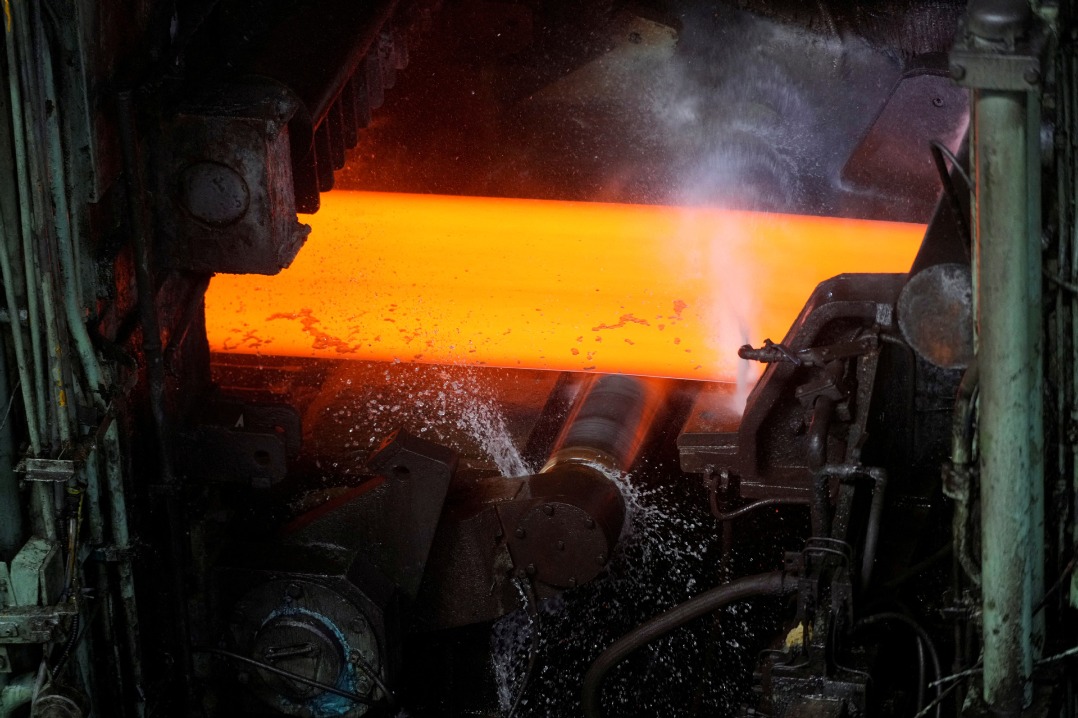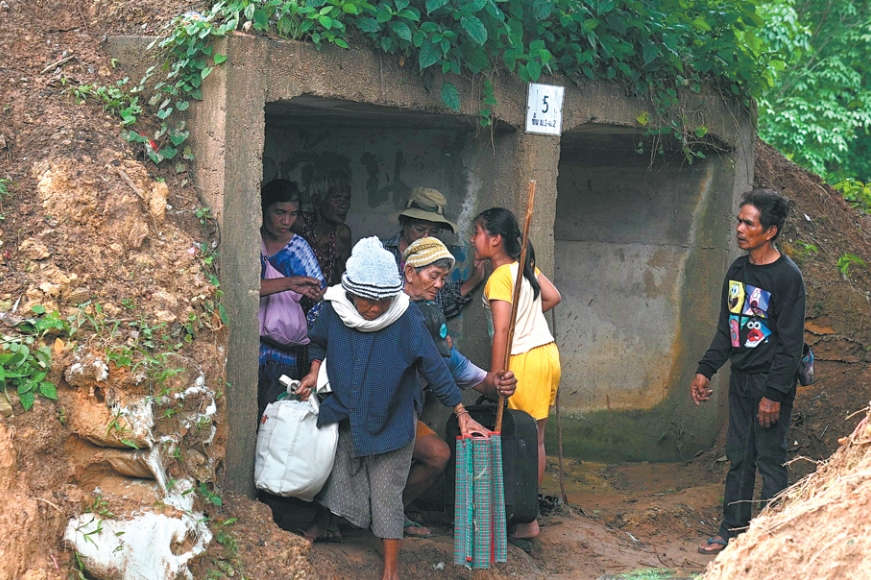When it comes to solving the fossil puzzle, every piece counts

The fossil-hunters term for an area that provides a cornucopia of high-quality specimens is "Lagerstaetten", literally storage places, or mother lode. And they're literally all over the world - four in Germany, three in the US, one each in Australia and Canada. But, when it comes to the Earth coughing up fossil remains, China is turning out to have the mother lodes of Lagerstaetten: Weng'an, Chengjiang, Kaili, Guanling, Jehol, just to name a few.
There seem to be so many prehistoric fossils in China that farmers routinely dig them up and sell them to collectors before scientists can even get a look at them.

"You don't need to do too much to dig up fossils in China," Pingyi paleontologist Wang Xiaoli told the New York Times. "When the wind blows, they reveal themselves."
China , with this embarrassment of paleo riches, is a natural breeding ground for paleontologists and with the nation's funding resources and cultural emphasis on academic discipline, fertile soil for the science of paleontology to flourish.
After decades of underfunding, China began boosting its funding of fossil research at the turn of the millennium, and it is paying off in impressive ways. Though the grant amounts are not large by international standards, they are substantial enough and tend go further in places like the Gobi Desert, where overhead is low and field researchers relish the adventure of exploring in remote corners of the wilderness - and rewriting history.
The godfather of Chinese fossil hunters is paleontologist Xu Xing, who is based at the Institute of Vertebrate Paleontology and Paleoanthropology (IVPP) in Beijing. At 49 years old, he has already discovered so many dinosaurs he lost count and is also behind one of the most surprising new theories about our planet's previous dominant species - they had feathers.
Xu, who actually wanted to be an economist, knew nothing about dinosaurs growing up in the western province of Xinjiang, where his parents had relocated as part of the Cultural Revolution. He did well in school, won a place at Peking University in Beijing in 1988, and though he put in for economics, it was a time when students didn't get to pick their field of study. Paleontology was chosen for him and he started to learn about dinosaurs.
His first ah-ha moment didn't come until graduate school, he told Nature, when he studied a couple of fossils his advisor had put on the back burner. His analysis ended up pushing a whole group of dinosaurs back 30 million years - from the Cretaceous to the Jurassic period.
"My excitement [over a fossil] is proportional to the information I get from it," he said, "and those were really exciting fossils."
Xu's excitement coincided perfectly with the boom in fossil hunting in China. Farmers in Liaoning were finding more and more specimens and beginning to recognize their value. New construction and roads were unearthing still more. Experts were in demand.
"When I started my career, I never expected that I would have so many discoveries," he said.
Fossils in China have not only fueled science, but also an industry, complete with prospectors, forgeries and middlemen. Local administrators seek guidance on turning their regions' digs into museums or theme parks to lure tourists. Scientists negotiate to get a look at the most significant finds.
One of the richest bounties of fossils has come from Liaoning province, northeast of Beijing, where volcanic eruptions and mudslides between 160 million and 120 million years ago abruptly entombed - and beautifully preserved - an array of dinosaur species, complete with imprints of their feathers.
Notable among them was the Yutyrannus huali, a 30-foot-long T-Rex shaped monster with feathers on his hip, neck, back and tail; and the tiny Anchiornis huxleyi, whose long feathers helped Xu and his colleagues not only prove, but pin down the timing of dinosaurs' transition to birds.
Xu's latest discovery announced just last week adds to the family tree of one of the most iconic dinosaurs known to every kid in the world - the Triceratops. It's cousin, dubbed Hualianceratops, is not only older - by 100 million years - but also did not have its descendants' boney bib and rack of three horns. Instead it probably had a bird-like beak and was much smaller.
Stay tuned. The big picture is only beginning to take shape.
Contact the writer atchris- davis@chinadailyusa.com


































